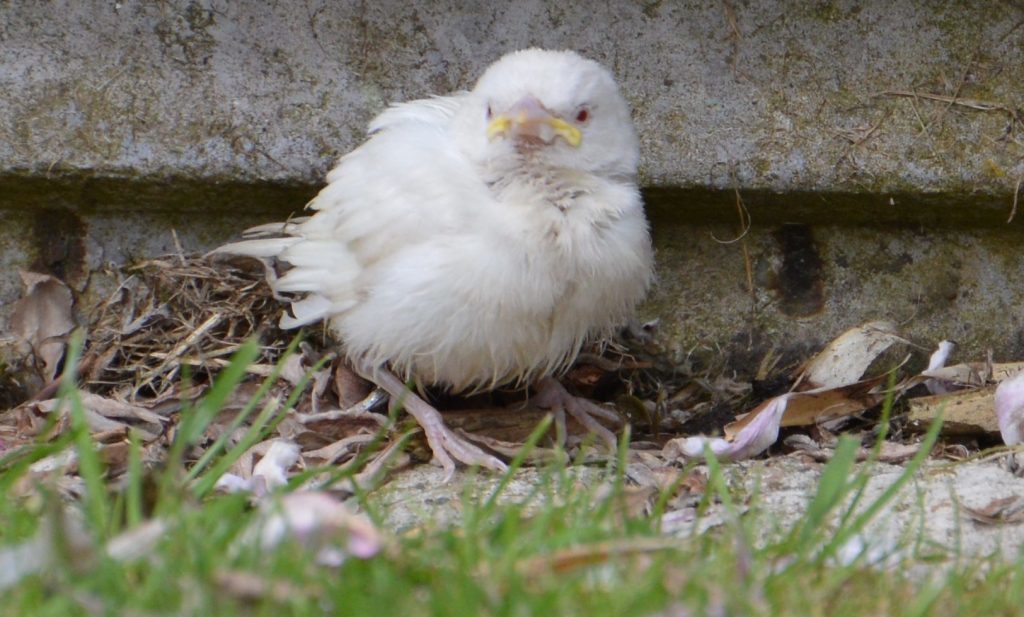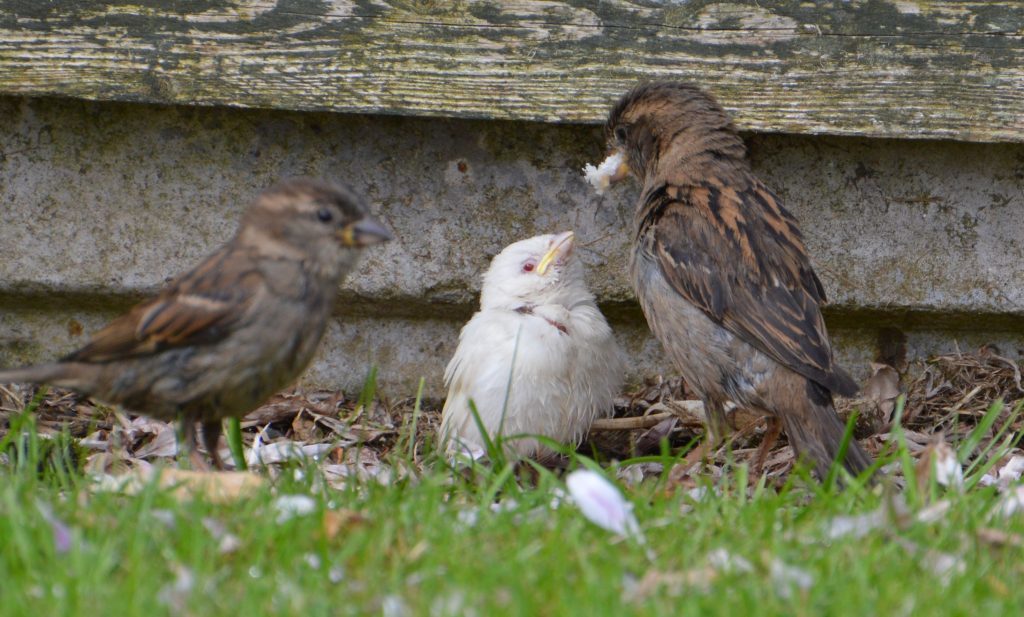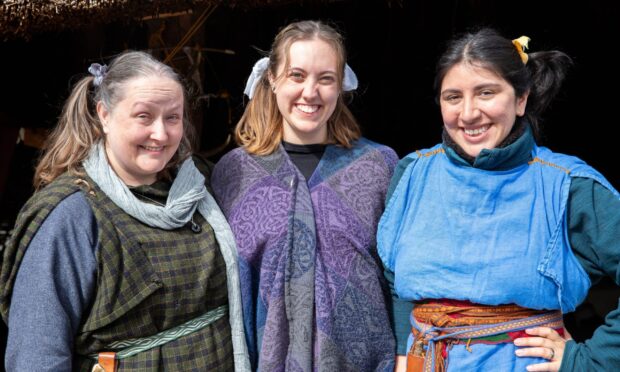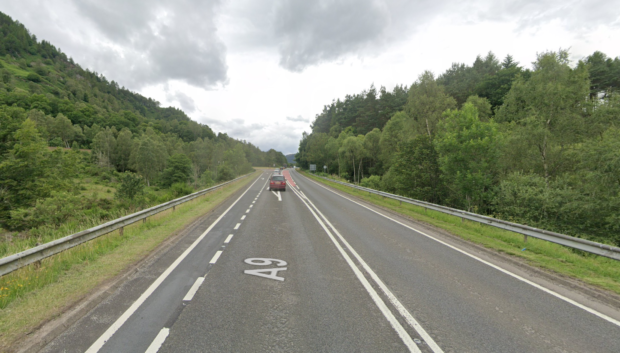A rare albino sparrow has been captured on camera in a Perthshire garden.
John Anderson spotted the tiny white creature at his Dunning property after it fell out of its nest.
He was able to capture it on film as the parents attempted to feed it but it was unable to fly back to its nest.
“I first noticed it last week, he said. “I’m not an expert on birds but I see a lot of them in my garden and I’ve never seen anything like it before.
“We do get a few house sparrows in the eaves of the building and I think one of its siblings must have pushed it out of the nest for fear it would attract predators.
“It was under a bush under one of the nests. We kept an eye on it but we were worried foxes would get it in the night, but it was still there the next morning. The mother would come along and feed it every so often.”
Sadly, the fledgling only survived for a few days.
Mr Anderson added: “We thought about rescuing it but the rescue charities say not to do that and there’s not much you can do for them anyway.
“It was heartbreaking but nature is tough. I don’t regret it because an albino bird wouldn’t live long even if it had been able to fly.”
Paul Stancliffe, of the British Trust for Ornithology, said that while birds with white patches are common, albinos are more rare.
He said: “The white bird is a young house sparrow. The relatively large head and short, thick bill are enough to be confident of its identification.
“The pink eyes and pale bill also suggest that this is a pure albino, which is quite unusual. We often get sent photographs of white, or pale birds, that have normal colour bare parts and, although they resemble albinos, they are actually leucistic.
“Completely white birds like this don’t tend to live a long life.
“Standing out like a sore thumb makes them vulnerable to predation. Leucistic birds, particularly those that are only partially white, tend to do much better.”











